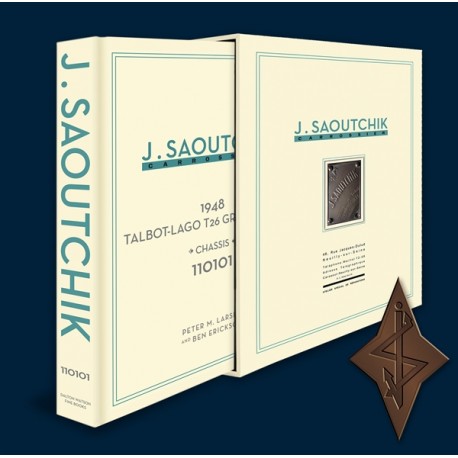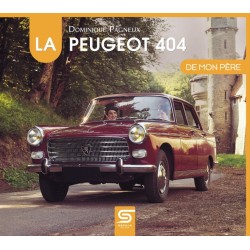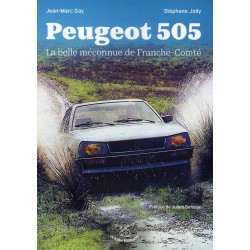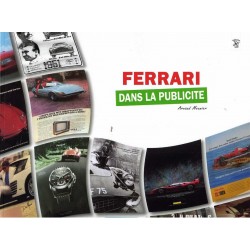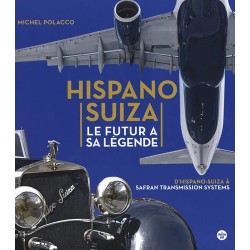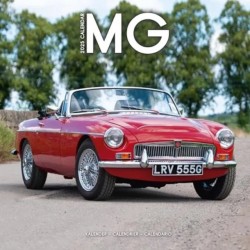Aucun produit
Librairie passion Automobile, 83 rue de Rennes, 75006 Paris (Métro, stations Rennes ou Saint-Sulpice) 01 45 48 15 14
JACQUES SAOUTCHIK CARROSSIER - 1948 TALBOT-LAGO T26 GRAND SPORT
The complete history of the 1948 Talbot-Lago Grand Sport Chassis 110101
Référence 15_0186
Derniers exemplaires disponibles
Fiche technique
| EAN13 | 9781956309195 |
| Editeur | Dalton Watson |
| Langue | anglais |
| Auteur(s) | Peter Larsen et Ben Erickson |
| Date de parution | août 2024 |
| Nombre de pages | 328 pages |
| Format | 22 x 30 |
| Couverture | relié sous jaquette + coffret |
| Photos | env. 275 photos et illustrations |
En savoir plus
On October 7, 1948, when the Paris Salon de l’Automobile opened its doors in the Grand Palais just off the Champs-Élysées, it was to a world of postwar austerity. Yet despite the hardship, the great coachbuilders were out in force: Figoni et Falaschi, Pourtout, Franay, Chapron and others showed elegant machinery that everyone wanted, but hardly any could afford.
Like some supernova, the undisputed Star of the Salon blazed on the stand of the Carrosserie de Luxe, Jacques Saoutchik. The presentation was a series of firsts: Saoutchik had taken stand no. 1, the first on the left as one entered the Grand Palais. Placed on this stand was chassis 110101, the first Talbot-Lago T26 Grand Sport chassis made. The voluptuous Saoutchik body it wore was a first showing, a world premiere of its design, a dazzling fastback coupé which would become the “signature” body style for the Grand Sport chassis. A total of six of these coupés were built, none completely alike.
The design was an elaborate interactive flow of alluring, gorgeous yet delicate curves—as close to the essence of an automobile as sculpture as any carrosserie has conceived in the history of automotive design. The Saoutchik fastback coupé is therefore justly regarded as a chef-d'œuvre of postwar French car design and it is one of the most sensational, stunning and appealing bodies ever created by the Carrosserie de Luxe, Jacques Saoutchik.
The unique livery on the car was no less audacious—a daring paint scheme that blended a pastel mint green body color with chocolate brown fender panels, matching brown wire wheels and a grille with alternating green and brown vertical stripes. Add to this an interior in dark blue and azure leather that featured instrument bezels and fixtures plated in 24 carat gold. One would have thought it would all clash horrendously. Not so. As with the complex and sinuous curvatures of the metalwork where Pierre Saoutchik had achieved harmony out of a seeming chaos, this courageous array of colors miraculously melded into a greater whole where the sum was much greater than its parts.
This glamorous automobile is the subject matter of this book. Its complete history is told in detail and copiously illustrated with period and modern high-quality images. There is a detailed discussion of the development of the T26 Grand Sport, its chassis, engine and gearbox. And not least, a comprehensive study of the postwar Paris Salons, illustrated with remarkable period images in full color, taken by the famous photographer Yale Joel who worked for LIFE magazine and captured the compelling atmosphere of the 1948 Salon in all its glory. In addition, the forensic seven-year restoration of the car is covered in depth.
For the duration of the 1948 show, multitudes passed by and were swept off their feet by the almost carnal voluptuousness of this Saoutchik Talbot-Lago, as their drab postwar austerity garments provided a grim counterpoint, all the while highlighting that despite the years of privation inflicted by the War, refinement, elegance and sophistication remained alive and well in the world. Chassis 110101 was the Star, the Vedette, of the Salon. It was the stuff that dreams are made of, a truly overpowering car. Everything else at the Salon came in second. And second is everything that is not first. Simple as that.
30 autres produits dans la même catégorie :

